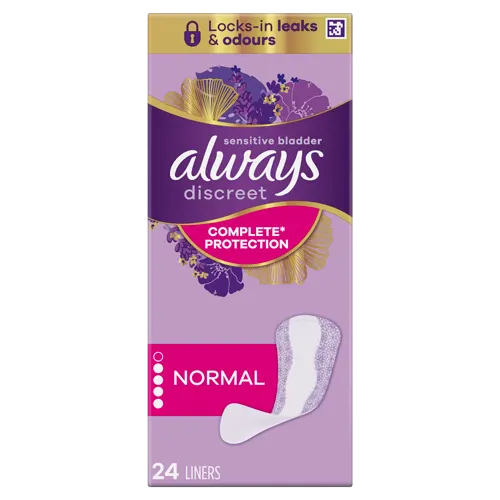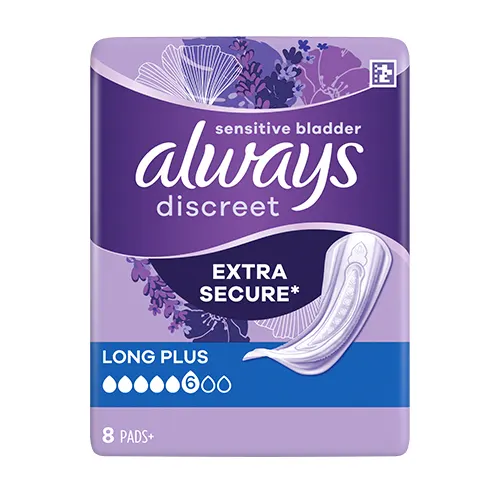
Urinary incontinence in women is characterised by the involuntary loss of urine and there are five main types. Stress incontinence happens during physical activity or coughing; urge incontinence is associated with a strong, sudden need to urinate; overflow incontinence results from a full bladder; mixed incontinence combines stress and urge types; functional incontinence arises from physical or mental impairments, and total incontinence involves constant leakage. In this article, you will learn more about the different types of urinary incontinence.
What is urinary incontinence?
Urinary incontinence, also known simply as incontinence, is a condition characterised by involuntary leakage of urine through the urethra, beyond the person's control. It results from a lack of control over the bladder sphincters, which may lead to partial or complete emptying of the bladder. Urinary incontinence can be caused by various factors such as pregnancy, menopause, intensive physical activity, or other health issues such as obesity. Although it affects both sexes, it is statistically more common in women. Importantly, this issue is more widespread than many people realise.
Knowing that you’re not alone and that there are ways to both prevent and protect against bladder leaks can be helpful. Remember that an essential first step if you’re experiencing bladder leaks is to speak to a healthcare professional.
Types of urinary incontinence
Many people find that understanding incontinence is helpful! On its most basic level, urinary incontinence is defined as the involuntary loss of urine, but there are different kinds of urinary incontinence. Urinary incontinence affects different women in different ways for varying reasons. Urinary incontinence can manifest in various forms depending on the mechanisms and causes. It can be caused by anything from pregnancy to menopause, strenuous physical activities or even a medical condition. Each type is characterised by distinct symptoms and requires a specific approach to diagnosis and treatment. The following types of urinary incontinence are distinguished:
- Urge incontinence (UI);
- Stress incontinence (SI);
- Overflow incontinence;
- Mixed incontinence (MI);
- Functional incontinence;
- Total incontinence.
1. Urge Incontinence
This type of urinary incontinence is also known as overactive bladder and is the result of nerve or muscle dysfunction in the bladder tissue and muscle wall. This causes involuntary spasms in the bladder that create a sudden and intense urge to urinate. You may or may not make it to the toilet on time. You may even feel a strong urge to go even when there is no urine in your bladder. It can happen to anyone at any age. See your doctor about managing your urge incontinence. They may suggest that you adopt a bladder-friendly diet free of spicy foods, caffeine and alcohol that is also low-sugar in order to eliminate foods that can further irritate your bladder. A number of behavioural changes can also help with this type of incontinence.
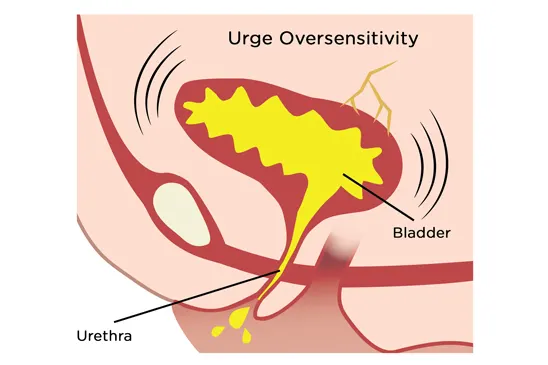
2. Stress Incontinence
Stress incontinence is the result of a weakened pelvic floor – the system of muscles, ligaments, and nerves that supports your bladder, uterus, and anus that helps control the urinary sphincter, which is responsible for closing off the bladder and regulating urine flow. As a result, urine leaks out when pressure – or stress – is exerted on the pelvic floor during everyday activities like sneezing, coughing, laughing, or exercise. It can also happen due to being overweight and age. Performing pelvic floor exercises daily can help prevent or reduce bladder leaks. Losing weight can also help if that is a concern for you.
If you are looking for protection from bladder leaks, try Always Discreet for complete* protection from bladder leaks so you can continue living your life to the fullest and without compromise.
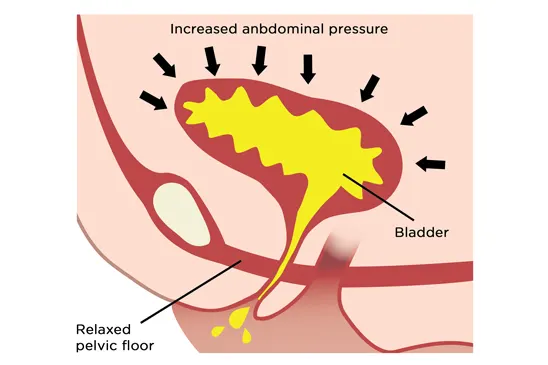
3. Overflow Incontinence
Overflow incontinence is caused by a bladder that cannot fully empty due to an obstruction – such as a tumour, polyp, or urinary stone – or muscle weakness. Pressure from an overly full bladder creates a constant dribble of urine, even though you may not feel the urge to go. Overflow incontinence is the only type of urinary incontinence that is more common in men than women, often associated with prostate issues. See your doctor for help diagnosing any underlying issue that may be causing overflow incontinence. They may also prescribe medications or surgical devices that can help manage the condition.
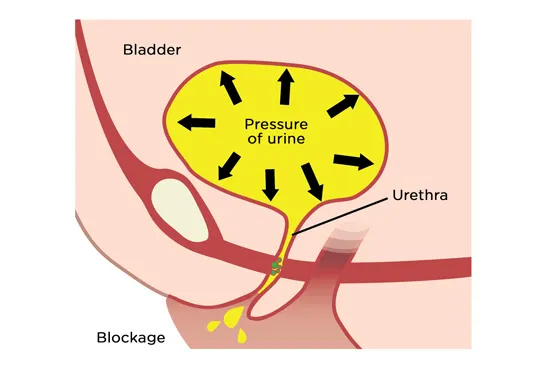
4. Mixed Incontinence
This type of urinary incontinence is a combination of two main types: stress and urge incontinence. In mixed urinary incontinence, both uncontrolled urine leakage during physical activities—such as sneezing, coughing, or exertion—and a sudden, difficult-to-control urge to urinate occur.
5. Functional Incontinence
If a physical or cognitive disability prevents you from getting to the bathroom on time, you may have functional incontinence. This type of urinary incontinence most often affects individuals with physical or intellectual disabilities, such as advanced dementia, Alzheimer's disease, Parkinson's disease, multiple sclerosis, diabetes, or arthritis. Mobility challenges, including the need to use a wheelchair or being bedridden, can also make toilet use difficult.
6. Total Incontinence
This type of urinary incontinence may result from:
- congenital bladder abnormalities;
- spinal cord or spinal injuries;
- the presence of a fistula—a small tunnel-like opening that disrupts the proper functioning of the urinary system.
Total incontinence causes continuous and uncontrollable bladder leaks, usually as a result of a birth defect or a spinal cord injury. Speak with your doctor if you are facing total incontinence.
What to do in case of each type of urinary incontinence?
To understand your own personal incontinence issues as best as possible, we recommend that you talk to your doctor as a first step. Your doctor may be able to cure it, treat it or at least help you manage bladder leaks better.
The Always Discreet line has a range of products, including incontinence liners, pads, and underwear, each tailored to meet your unique absorbency needs. They offer complete* protection for bladder leaks and are designed to lock in bladder leaks and odours in seconds. Always Discreet products are also dermatologically tested and soft on your skin.
*based on our 5 areas of protection: trusted protection from leaks, instantly dry, odour lock, discreet fit, soft and gentle on skin.

